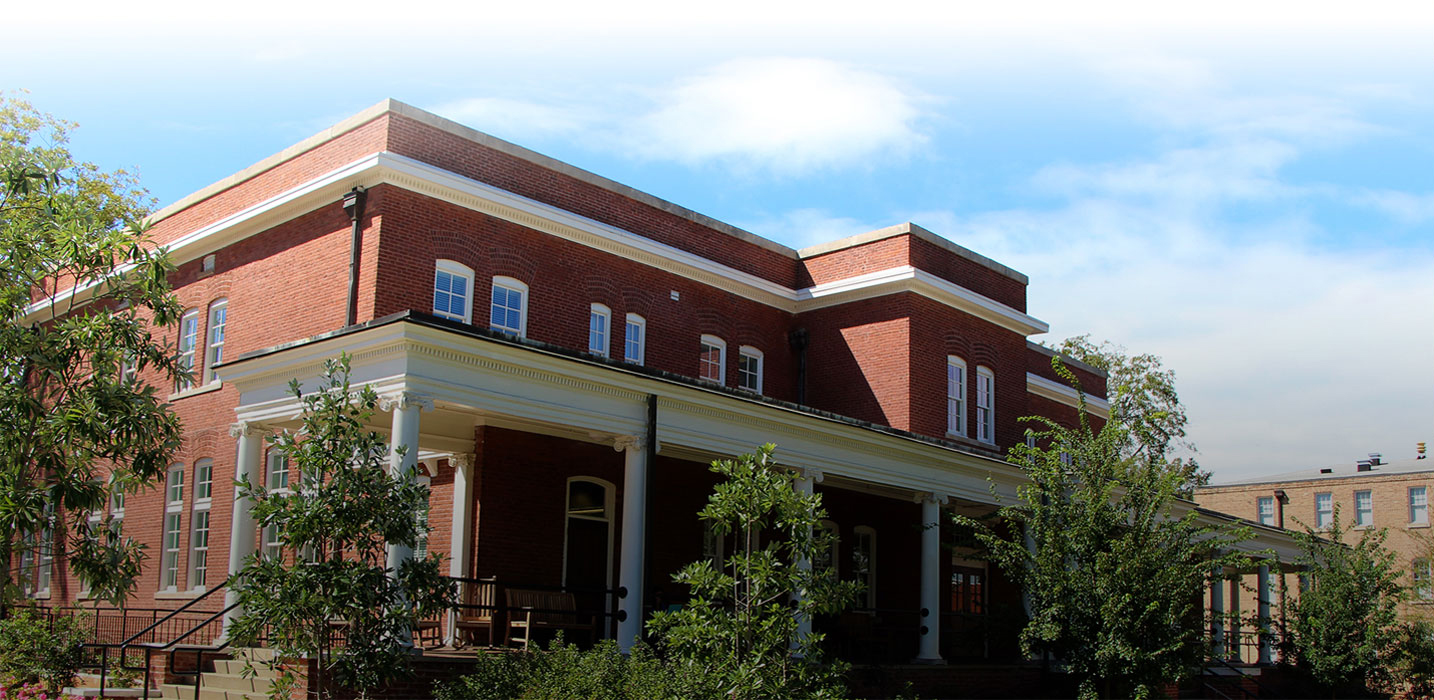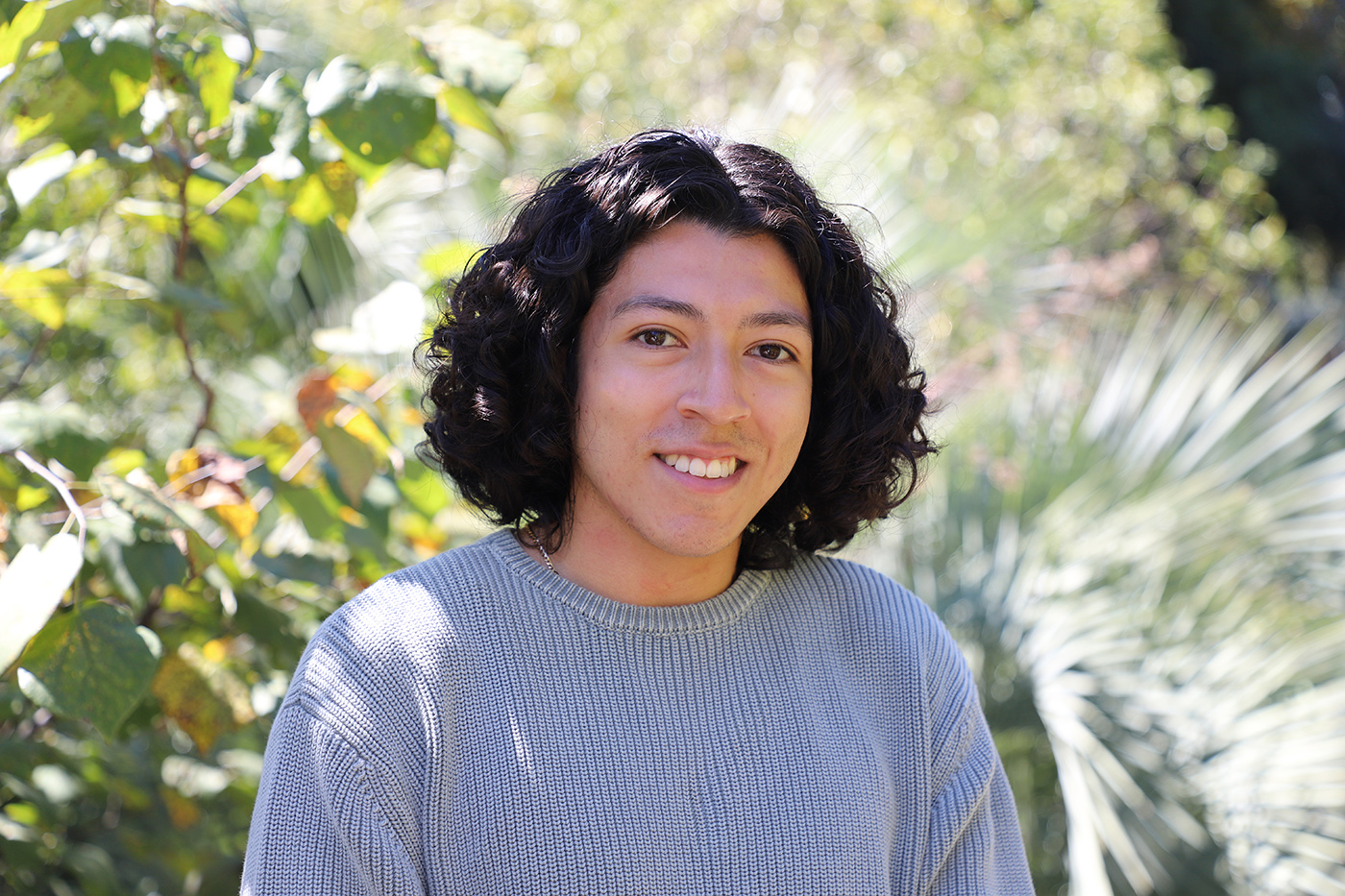For Daniel Calderón Romero, pursuing an undergraduate degree in the College of Public Health has allowed him to gain a better understanding of the environmental issues threatening our world and the tools needed to identify solutions and promote a better future.
“My time as an environmental health science student has allowed me to achieve that exact goal through a curriculum that exposes students to a variety of problems that the world faces within public health, as well as how agencies like the CDC and EPA formulate their methods to remediate these issues,” he said.
DEGREE OBJECTIVES:
Bachelor of Science in Environmental Health (BSEH); Bachelor of Science in Biology
EXPECTED GRADUATION:
December 2022
HOMETOWN:
Bogotá, Colombia
What attracted you to a degree in the field of public health?
Public health encompasses so many aspects that are important to our everyday lives. While it has been especially important in recent years with COVID-19 affecting the world, public health also teaches about air quality, toxicology, waste management, and how pollution affects human physiology. This variety of subjects that are all relevant now and in the future is why I wanted to pursue a degree in public health.
Why did you choose your particular majors?
When I began college, my main goal was to learn about the environmental issues that are threatening the world to get a better understanding of how to remediate them and promote a better future. My time as an environmental health science student has allowed me to achieve that exact goal through a curriculum that exposes students to a variety of problems that the world faces within public health, as well as how agencies like the CDC and EPA formulate their methods to remediate these issues. I chose to major in both biology and environmental health, because I wanted to learn, in-depth, about how the many cellular and biological processes function in UGA’s upper-level biology courses.
What did you do for your internship?
The most interesting research project I undertook was during my summer internship assessing the rate of micro plastic depuration in the Eastern Oyster at the Skidaway Institute of Oceanography in Savannah, GA.
The goal of this internship was to carry out a two-month experiment that assesses how well oysters are able to cleanse themselves of the micro plastics they consume. Oysters are filter feeders that catch any suspended nutrients or food particles on their gills, but this means they also catch and consume the micro plastics that are always present in water. However, oysters have a unique mechanism in which they can identify inorganic particles that are caught in their gills and remove them using their cilia and mucous.
What I did during this internship was generate a stock of polyester micro plastics and feed the oysters a measured amount of micro plastics, which I would then transfer to a clean filtered tank for them to carry out their processes to remove these micro plastics within varying time frames. Then, I would shuck the oysters into a potassium hydroxide (KOH) solution to dissolve their organic material while retaining, counting, and comparing the amounts of micro plastics present in the organism that was caught during vacuum filtration.
I was finally able to use what I have learned in my classes and labs to research, organize, and carry out an experiment, and finish with a satisfying conclusion. This served to me as tangible proof of the value of the education I’ve been working on the previous four years and how the two majors have prepared me for a continued career in science.
Why did you pursue this internship?
I was raised in Savannah so I had previous knowledge of this site, and the prospect of being able to carry out an experiment over an extended period where I would work both collaboratively and independently was the main goal of mine to be able to experience and undertake during the internship. Micro plastics are another environmental and public health threat which is still in the initial steps of research and has many health effects which are unknown. These two reasons, as well as the site being close to home, were what brought me to pursue this internship.
What was the biggest challenge faced during your internship?
The biggest challenge I faced were the many adaptations that had to be made as I carried on the experiment. There were changes to procedure due to the colored micro plastics losing their identifiable color as well as the use of incompatible filter membranes that would burn when exposed to spectroscopy during analysis. Another significant issue was that the oysters being used for the experiment already had micro plastics in them due to them being raised in a natural nearby river, which affected how the total micro plastic content was calculated. These were all challenges that inhibited my progress, but allowed me to think of ways to address them while still carrying on with the goal of the experiment.
What have you learned from the internship?
I learned that there are many difficulties in conducting an experiment and that there will always be changes that have to be made due to an unanticipated error in procedure or results that signify a correlation that was not expected. I also learned a lot about how valuable collaborative work can be as well as the importance of maintaining organization at all points during a research project.
What insights have you gained as a public health student?
I gained an understanding of how important local health departments and every level of public health workers are for the wellness of this country. The big decisions made when addressing public health issues rely on data to establish a connection between the pollutants and health effects. Local health departments excel not only in keeping residents informed for their well-being but also in providing information and data that are crucial for how these types of issues are addressed.
What are your plans after graduation?
I am currently applying for graduate schools and want to continue my education with a Master’s or Ph.D. in Biotechnology or Genetic Engineering. My goal is to work in research which uses biological processes in bacteria or plants that remediate environmental issues and use genetic engineering to further enhance the mechanisms through which this bioremediation occurs. An example of this is the PETase gene which allows bacteria to produce an enzyme that is able to break down 100% of certain plastics back into reusable forms and serves to address the plastic pollution problem as well as reducing the total need for petroleum derivatives.
Posted on November 3, 2022.






